The Principles of Architectural Composition - The Art of Arranging Space
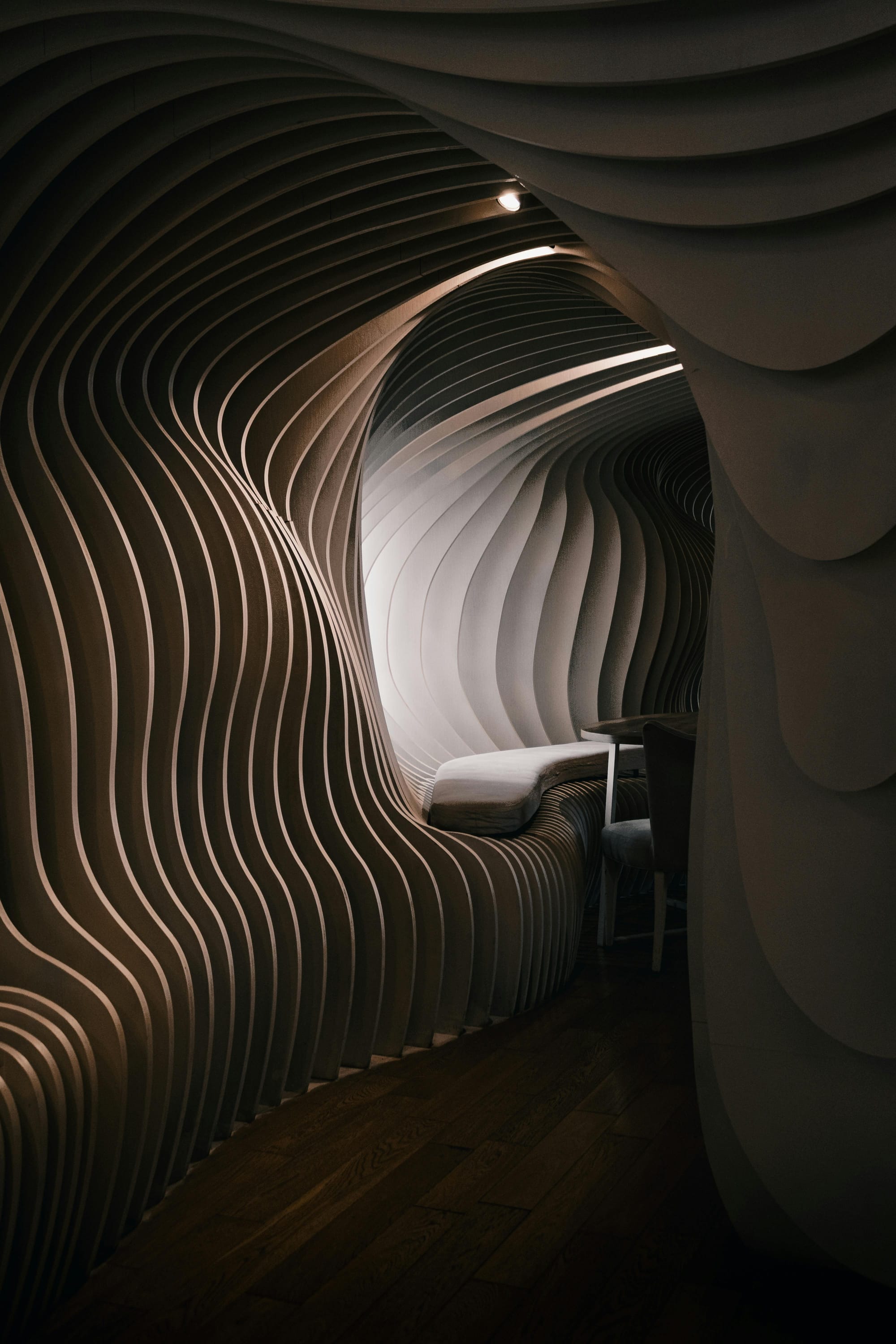
Introduction: The Language of Architectural Order
Architectural composition is the thoughtful orchestration of physical elements to create meaningful, functional, and aesthetically powerful spaces. Like a symphony conductor blending instruments, architects arrange mass and void, light and shadow, texture and color to produce cohesive designs. This fundamental principle transcends time - from the perfect symmetry of ancient temples to the dynamic asymmetry of contemporary museums.
In this deep exploration, we'll examine:
- The timeless rules established by classical architects that still resonate today
- How modernism broke and reinvented these rules to reflect new societal values
- Practical techniques you can apply immediately in your design process
- Iconic buildings that demonstrate composition at its finest
Whether you're sketching your first concept or refining a complex design, understanding these principles will transform how you approach architectural creation.
Classical Composition: The Foundation of Architectural Order
Symmetry - Architecture's Guiding Hand
Symmetry represents humanity's search for order in the universe. Consider these manifestations:

- Bilateral Symmetry: The human body itself follows this pattern, and architecture has mirrored (literally) this natural order. The Taj Mahal's perfect mirrored halves create profound visual harmony that immediately communicates balance and perfection.
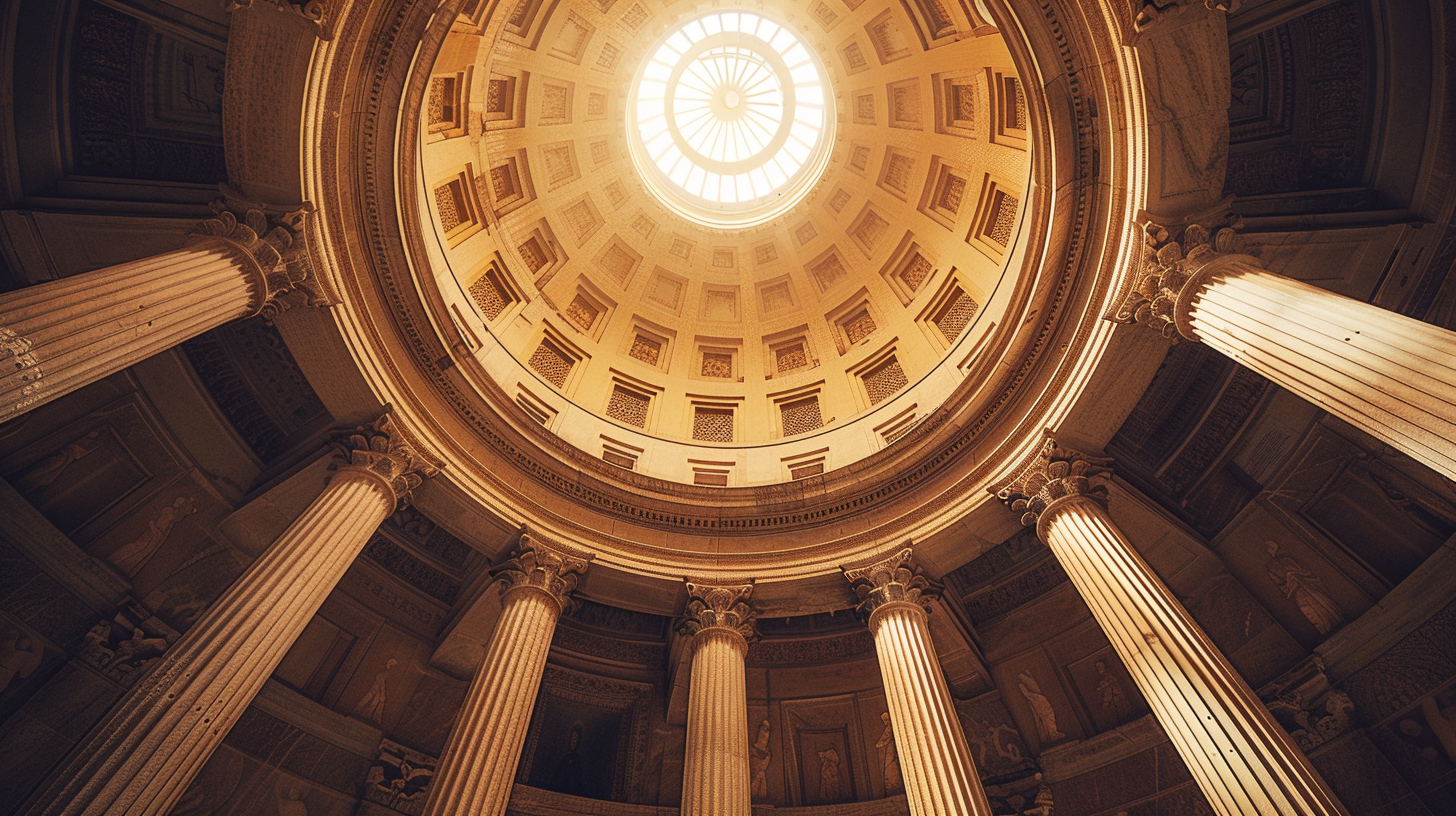
- Radial Symmetry: Seen in structures like the Pantheon, where all elements radiate from a central point, this approach creates spaces that feel cosmically ordered and spiritually uplifting.
"In symmetrical design, every element finds its counterpart, creating a silent dialogue across the central axis." - Analysis of Palladian villas

Hierarchy - Telling Visual Stories
Great architecture guides our eyes and experiences through deliberate emphasis:
- Vertical Dominance: Gothic cathedrals teach us how soaring spires pull our gaze heavenward while grounded buttresses provide earthly stability.
- Size Gradation: The Parthenon's columns subtly taper to counteract optical illusions, showing how ancient architects manipulated perception through proportional hierarchy.
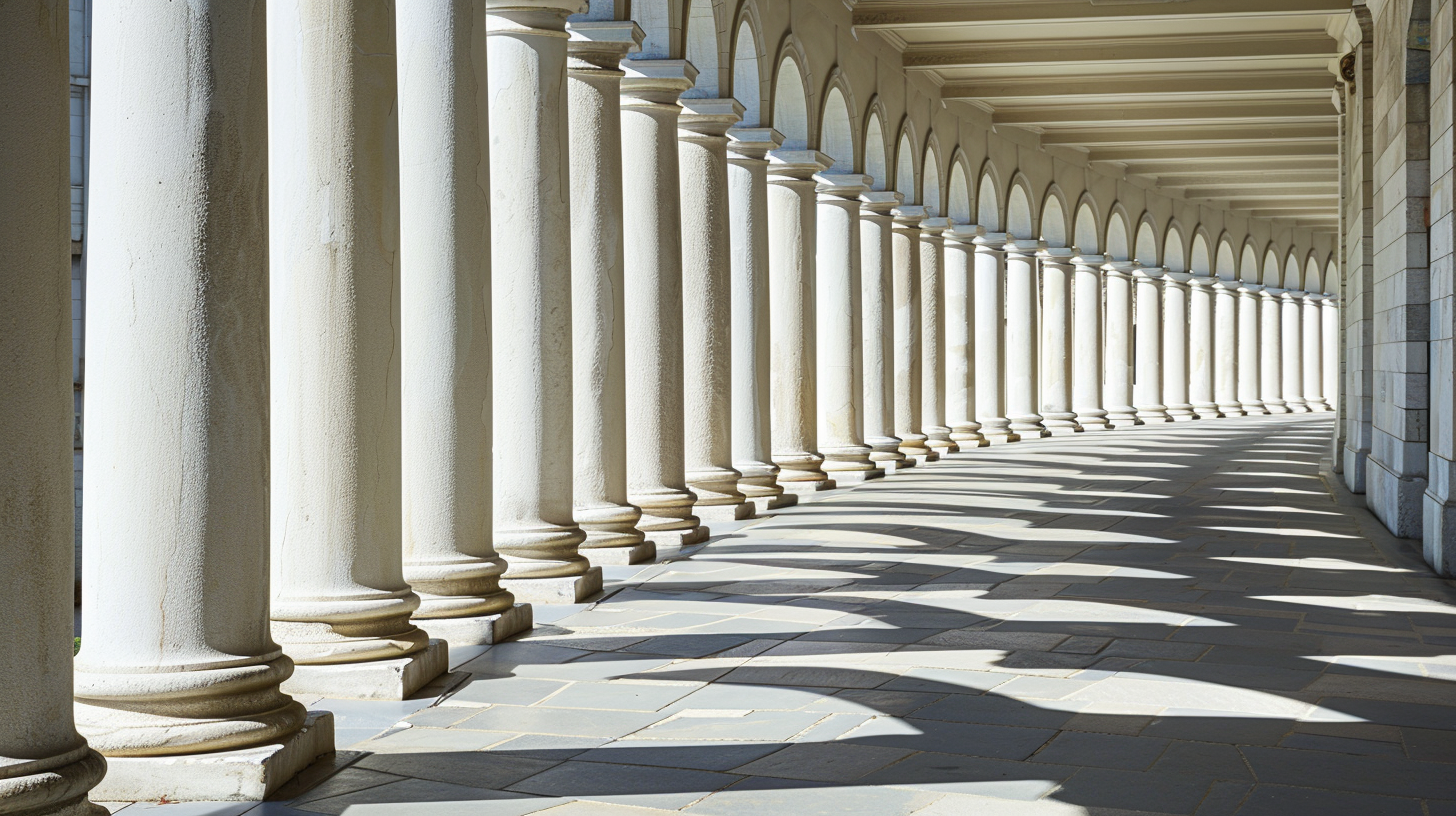
Rhythm - Architecture's Heartbeat
Rhythm transforms static structures into dynamic experiences:
- Marching Columns: The repetitive colonnade of St. Peter's Square creates a processional rhythm that prepares visitors for the spiritual experience within.
- Fenestration Patterns: From Georgian townhouses to Miesian skyscrapers, window arrangements establish visual cadences that animate facades.
Modern Composition: Breaking Rules to Make New Statements
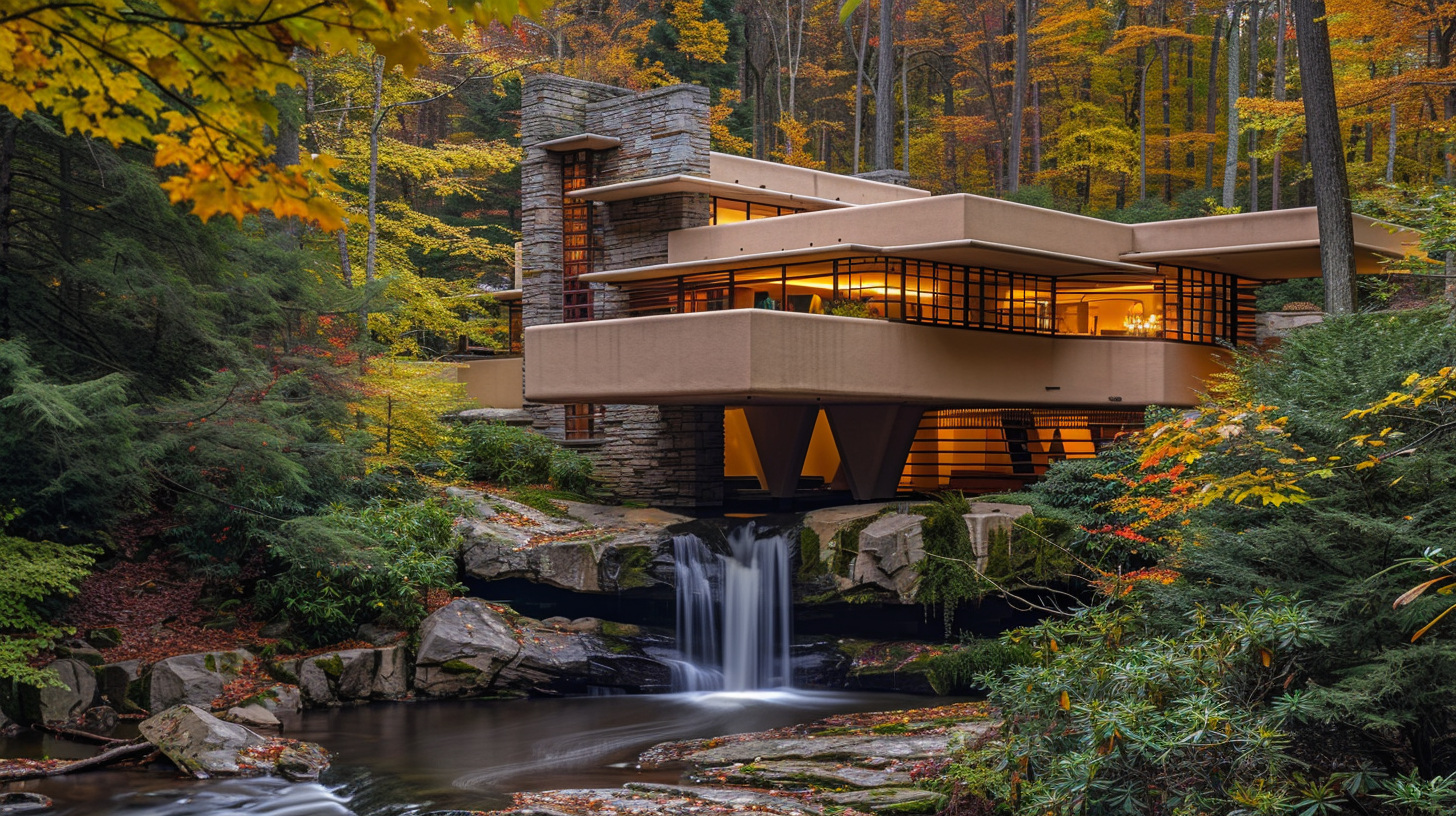
Asymmetrical Balance - The Art of Visual Equilibrium
Modern architecture discovered that balance needn't mean mirroring:
- Mass Counterpoint: Frank Lloyd Wright's Fallingwater demonstrates how cantilevered terraces can balance solid stone masses through careful proportional relationships.
- Material Weighting: The glass curtain walls of modern skyscrapers often balance heavier podium elements through transparency and reflectivity.

Juxtaposition - Creating Architectural Dialogue
Contemporary design thrives on intentional contrasts:
- Old Meets New: The Louvre Pyramid shows how modernist geometry can converse respectfully with classical forms.
- Texture Wars: The Guggenheim Bilbao's titanium curves play against the rough stone of its urban context, each enhancing the other's character.
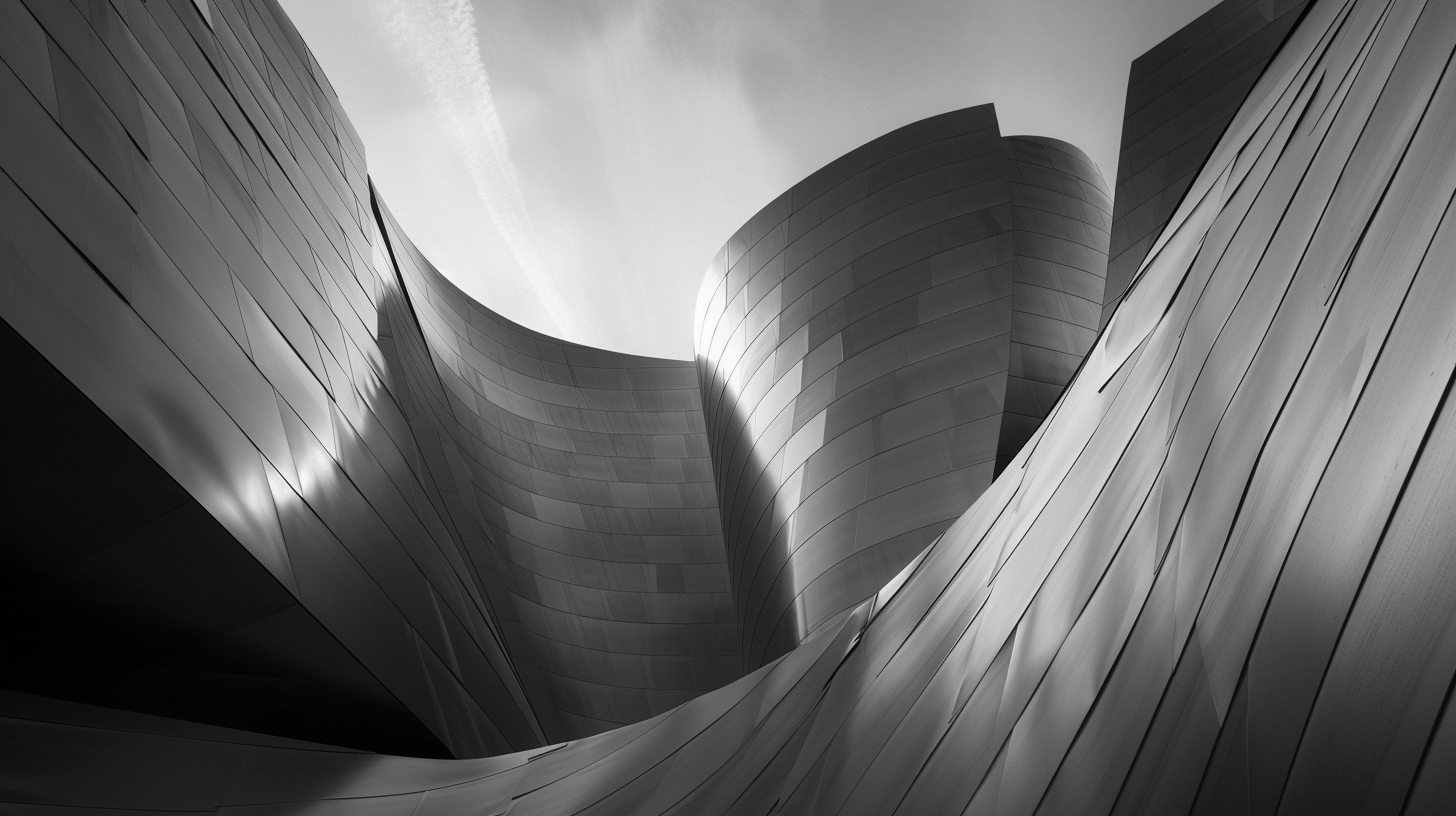
Deconstruction - Celebrating Complexity
Some contemporary architects compose through intentional fragmentation:
- Collision of Forms: Gehry's Disney Hall appears caught in mid-movement, its surfaces frozen in dynamic tension.
- Spatial Layering: Rem Koolhaas' Seattle Library stacks spaces at competing angles to reflect the complexity of modern information systems.
Learning From the Masters: Composition in Action
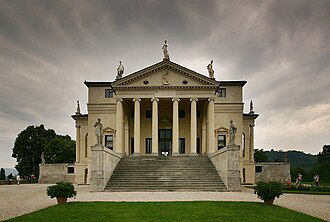
Palladio's Villa Rotonda (1567)
This Renaissance masterpiece teaches us:
- Absolute symmetry creates perfect harmony
- Centralized plans promote social equality
- Proportional systems (based on musical ratios) create innate beauty
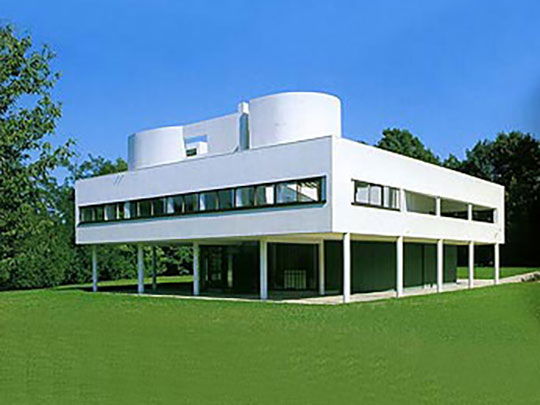
Le Corbusier's Villa Savoye (1931)
The modernist icon demonstrates:
- How pilotis (support columns) can "float" a building
- The power of free facades independent of structure
- Ramp as a compositional element guiding movement
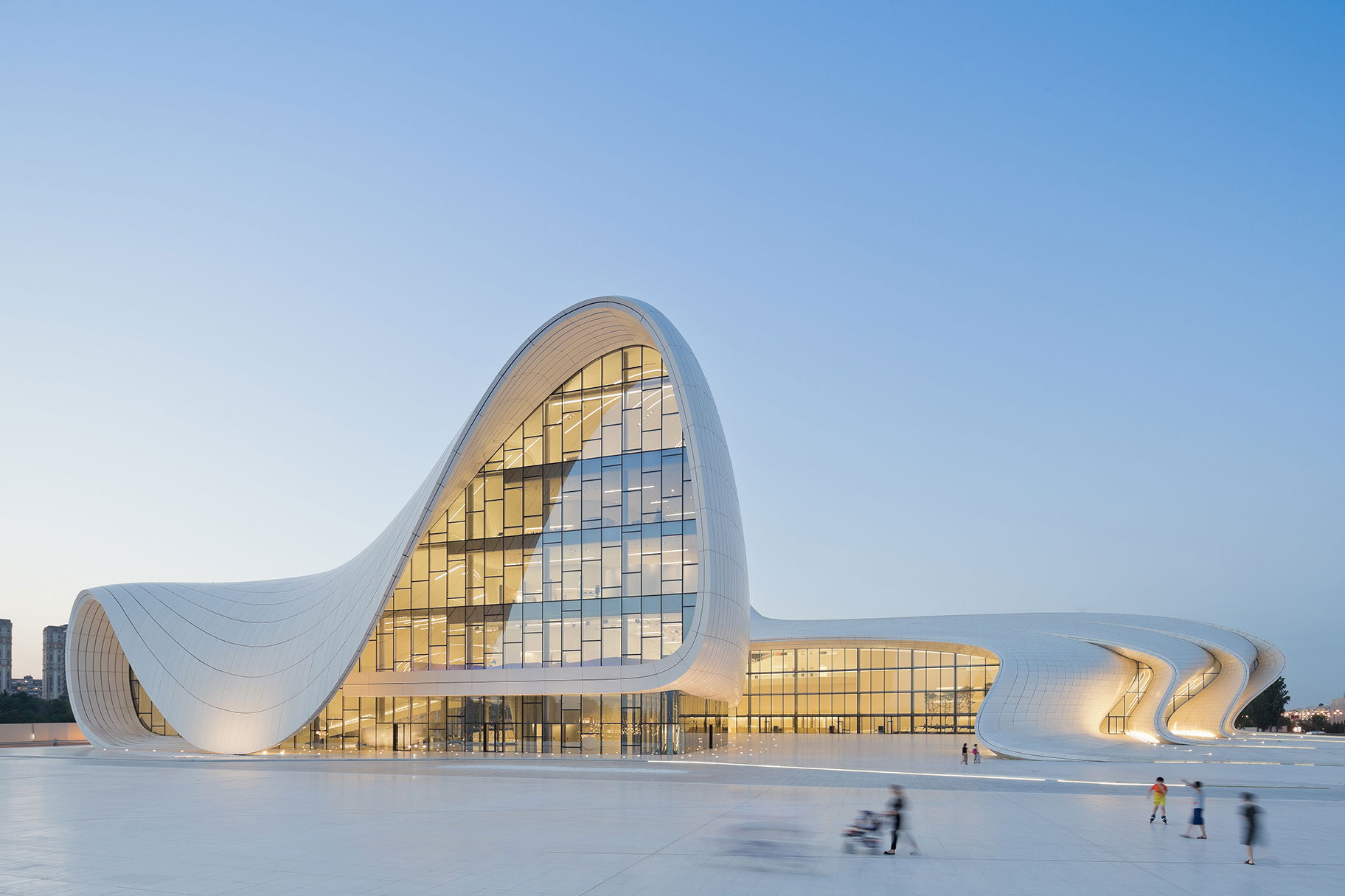
Zaha Hadid's Heydar Aliyev Center (2012)
This fluid composition shows:
- Continuous surfaces replacing discrete elements
- How curvature can suggest movement
- The emotional impact of non-Euclidean geometry
Practical Exercises: Training Your Compositional Eye
Exercise 1: The Symmetry Spectrum
- Find three buildings: one strictly symmetrical, one asymmetrical but balanced, one radically asymmetrical
- Sketch their massing diagrams
- Write how each approach affects the building's character
Exercise 2: Reverse-Engineering Great Compositions
Select an iconic building and:
- Identify its primary organizing principle (axis, grid, etc.)
- Diagram its major compositional elements
- Propose one change that would fundamentally alter its character
References & Resources for Deeper Study
Essential Reading
- The Classical Language of Architecture by John Summerson
- Complexity and Contradiction in Architecture by Robert Venturi
- Delirious New York by Rem Koolhaas
Visual Analysis Tools
- Great Buildings Online composition diagrams
- ArchDaily's "Anatomy of Structure" series
Hands-On Learning
- Sketching exercises from Architecture: Form, Space, and Order
- Composition modules on MIT OpenCourseWare
Conclusion: Composition as Foundational Skill
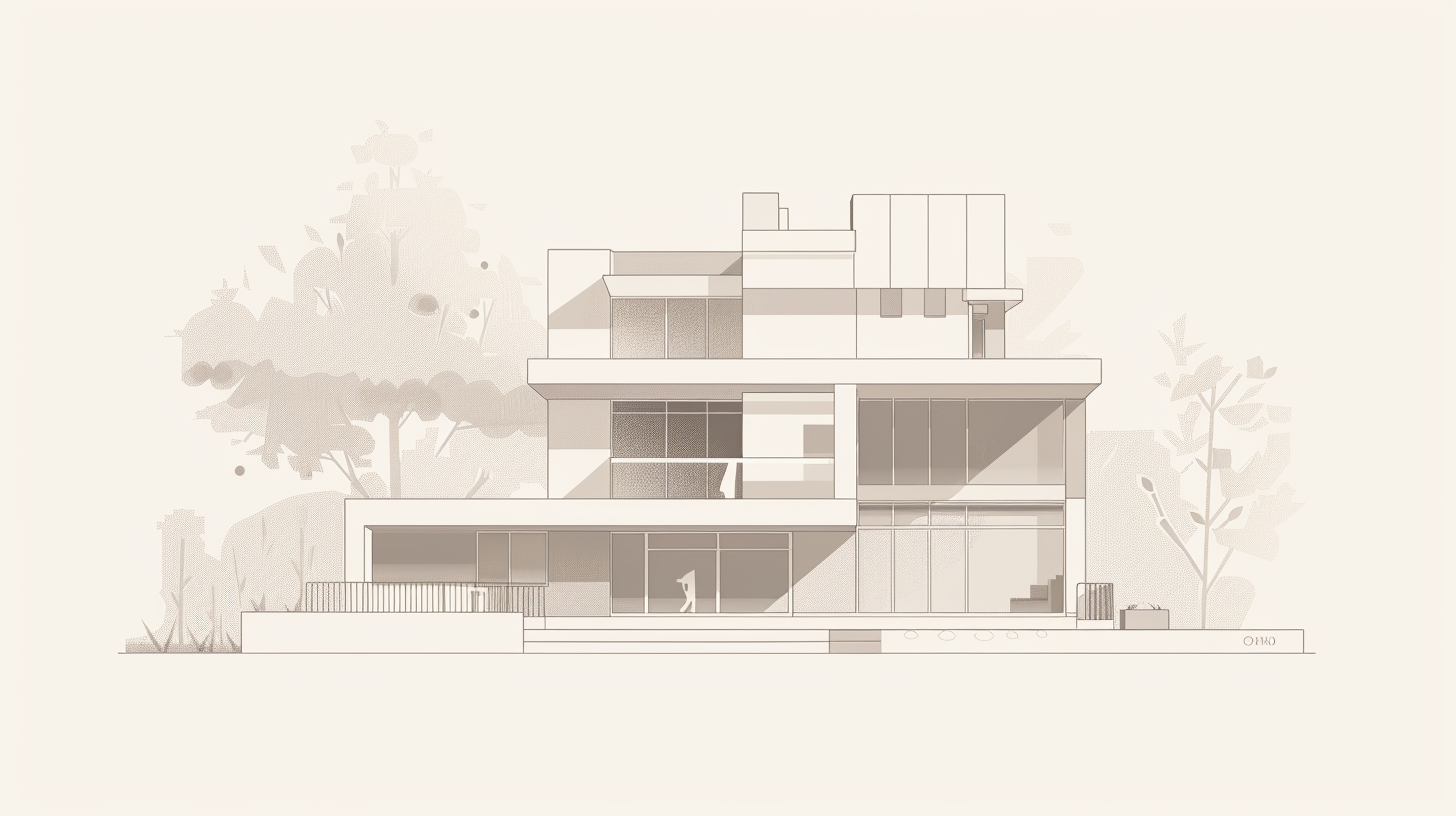
Mastering architectural composition means developing a visual vocabulary that allows you to:
- Solve functional problems elegantly
- Communicate ideas clearly through drawing
- Create spaces that resonate emotionally
- Develop a distinctive design voice
Resources
- Summerson, J.The Classical Language of Architecture (1963)
- Venturi, R.Complexity and Contradiction in Architecture (1966)
- Koolhaas, R.Delirious New York (1978)
- ArchDaily "Anatomy of Structure" Series – Case study analyses
- Ching, F.D.K.Architecture: Form, Space, and Order (2014) – Sketching exercises
- MIT OpenCourseWare – Composition modules